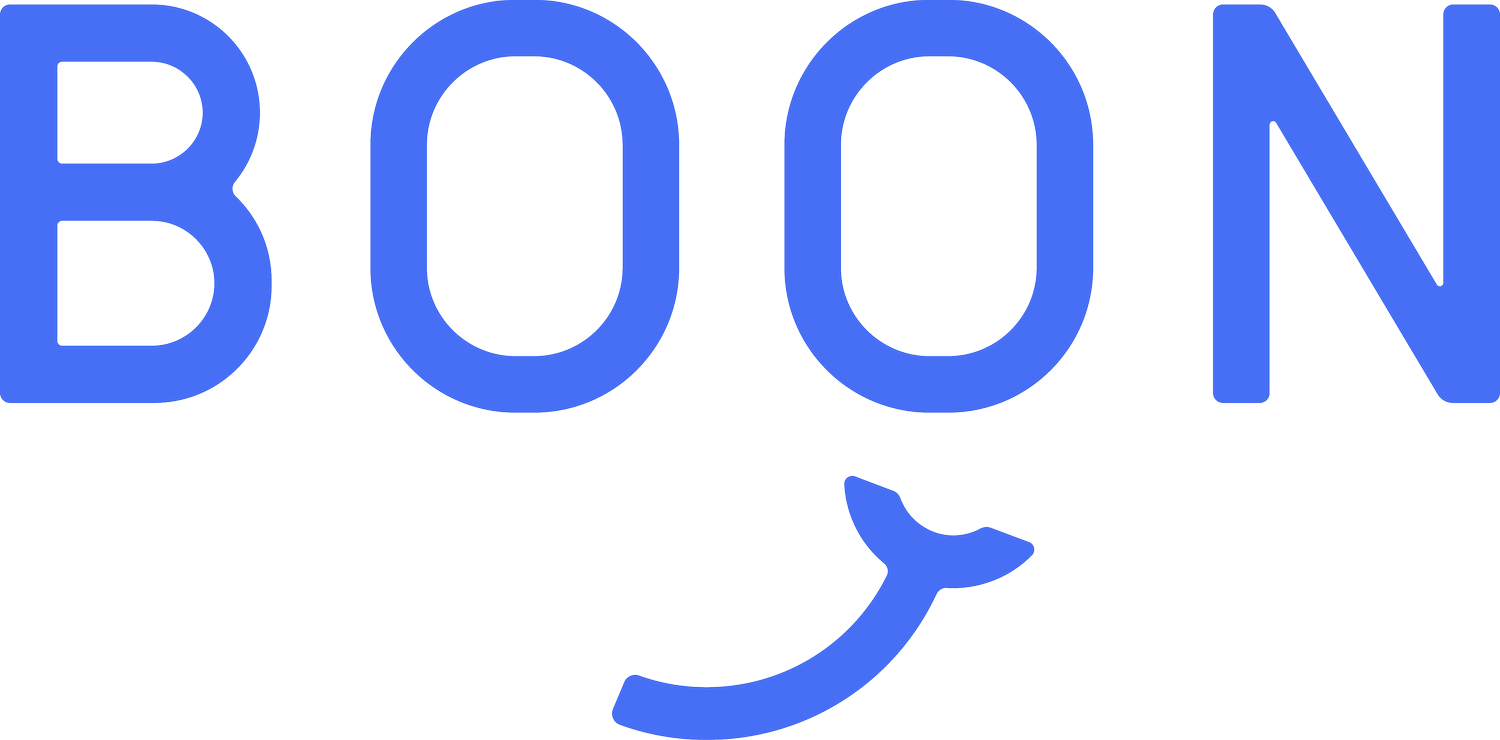6 Steps to Managing Schedule Overwhelm in the New Normal
Nikki Kett, Boon Coach
As we come to terms with an ongoing pandemic, we’re all left grappling with what the “new” normal looks like. Some people seem to want to go back to old ways of doing things—the 9-5, a daily commute, business as usual—while others are embracing a new way of doing things – more remote meetings, a hybrid model and a more flexible work schedule.
Millions of workers in the US have decided to not go back to their old jobs after rethinking how they value their time and their lives. After going through a year that deeply impacted our lives, there was a lot of reflection on what is most important. Many employees are opting for roles that allow for a new level of flexibility and remote work. The reality is, there is no going back to “normal”, but this can be hard to accept because as humans we are resistant to change.
Even with new flexibility and remote work, there are clear downsides that need to be addressed. Employees are reporting higher levels of social isolation with less in person interaction. Additionally, there is less of a boundary between work and home life and many are having a hard time ending their work day and setting limits on screen time. “Zoom” exhaustion and burnout is a real thing.
More flexibility and remote work can have positive benefits for mental health BUT it’s up to us to be more intentional about the structure we create around our days.
More screen time means we need to set up breaks in our day so we can keep our energy levels up and de-stress between calls. This requires us to be realistic about the number of meetings on our calendar each day and the amount of time we take for tasks.
Freedom is actually found in structure (it’s a paradox, I know!)
Our brains LOVE the idea of freedom. What we don’t realize is that we don’t do well with too much of it. When we have freedom in our days without structure, often what happens is we get stuck in the anxiety of the laundry list of things we need to do. Our brains are not great at holding on to all that information, so it typically just ends up floating around our brains, activating the stress response and creating more anxiety and overwhelm.
Here are 6 steps you can use to create more structure in your day.
1. Write down all of your weekly tasks onto a sheet of paper Monday morning. This is called a brain dump.
Ask yourself which things are truly a priority for the week and which ones you’re not really going to worry about at this point so they stop taking up brain space. We all have things we say we “should” do and they take up mental space for weeks. Either commit to doing them or cross them off.
2. Plan for your free time (workouts, Netflix, time with friends, phone calls w. family, etc)– what time are you going to stop working each day? Deciding this ahead of time will lessen the mental exhaustion created when you keep telling yourself you just want to finish “one more thing”. Plus, being intentional with setting up social time & workouts when you are working remotely is so important to your mental health.
3. Add repetitive tasks to your calendar: (time for emails, phone calls, documentation, lunch) – give yourself a space and time to complete these things so that they aren’t constantly running in the background and preventing you from focusing on other things at a deeper level.
4. Add tasks from your brain dump to your calendar. Try to be realistic about how long it will take you for each task so that you are not overwhelming yourself and packing your schedule unrealistically. Ultimately, we create overwhelm when we take on too much or have unrealistic expectations.
5. Schedule in breaks – At least 15 minutes to get up and walk, meditate, breathe, or step away from your screen after an hour meeting can help you check in with yourself and rebuild your energy before the mindlessly hoping into the next meeting.
6. Evaluate after each day – try your best to stick to the schedule and routine that you have created for yourself. What tasks take longer than you expected? Where are you getting overly distracted? Are their tasks you can delegate or ask for help on if they are sucking up all your time?
Remember, things always come up. Obviously our schedule can change so you can always allow for flexibility when needed, but you’ll want to stick to structure as much as possible. Pay attention to when you immediately say “yes” to things that create overwhelm for your schedule. If you’re not convinced, try it out for a few weeks and see how it goes. Remember that your brain always does better when things are planned ahead of time versus reacting in the moment.
Need extra support? A coach can help employees to map out a plan that works for them and create accountability around their schedule, and help identify where they get stuck. We all need support to help us deal with anxiety around “the new normal,” because it is a real thing and we are all doing our best to adjust.
————————————————————————————————————————

